Paver Patio question - confused...
beenie130
16 years ago
Featured Answer
Sort by:Oldest
Comments (22)
treebeard
16 years agobeenie130
16 years agoRelated Professionals
Cary Landscape Architects & Landscape Designers · Middletown Landscape Contractors · Deer Park Landscape Contractors · Holland Landscape Contractors · Melrose Landscape Contractors · Painesville Landscape Contractors · Watertown Landscape Contractors · Goldenrod Landscape Contractors · Sun Valley Landscape Contractors · Alvin Decks, Patios & Outdoor Enclosures · Baker Decks, Patios & Outdoor Enclosures · Springfield Decks, Patios & Outdoor Enclosures · Urbana Decks, Patios & Outdoor Enclosures · Bakersfield Swimming Pool Builders · Rocky Point Swimming Pool Builderslaag
16 years agobeenie130
16 years agolaag
16 years agobeenie130
16 years agomjsee
16 years agobeenie130
16 years agoinkognito
16 years agobeenie130
16 years agoinkognito
16 years agoally_ld
16 years agobeenie130
16 years agotreebeard
16 years agolaag
16 years agoinkognito
16 years agotomatoetom
15 years agonatural-sens
15 years agonycynthias
15 years agoinkognito
15 years agostevega
15 years ago
Related Stories
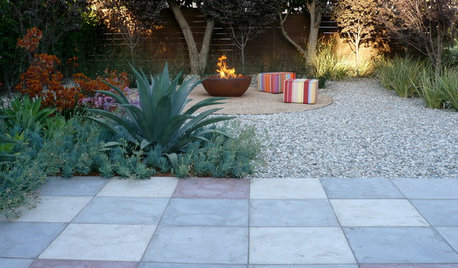
MATERIALSPrecast Concrete Pavers Make a Versatile Surface in the Garden
You can use concrete pavers in a variety of shapes and colors for your patio, walkway, driveway and more
Full Story
EXTERIORSCurb Appeal Feeling a Little Off? Some Questions to Consider
Color, scale, proportion, trim ... 14 things to think about if your exterior is bugging you
Full Story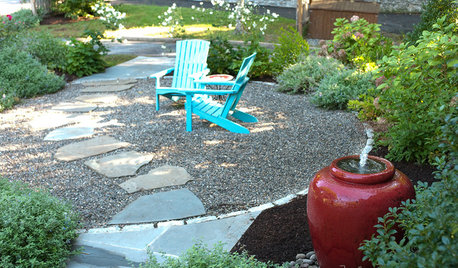
GARDENING AND LANDSCAPINGPatio Pavers Rock Out
Pair stone or gravel with bigger pavers for a patio design that guests will pay tribute to
Full Story
GARDENING AND LANDSCAPING8 Great Ways to Use Landscape Pavers
Today's Stepping Stones Define a Space While Adding Affordable Style
Full Story
CONTAINER GARDENSContainer Garden Basics: How and When to Water Potted Plants
Confused about soil moisture, the best time to water and what watering device to use? This guide can help
Full Story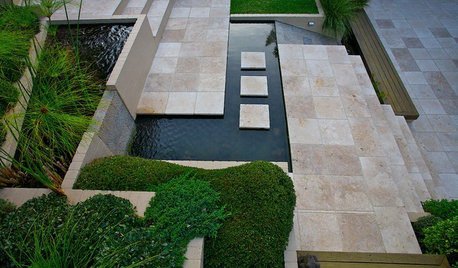
PATIOSLandscape Paving 101: Travertine Keeps Its Cool in Warm Climates
Travertine is a gorgeous paver for a pool surround
Full Story
PATIO OF THE WEEKWater and Fire Mingle in a Canadian Front Yard
If the illuminated moat winding through this Ontario patio doesn't dazzle you, the 8-foot-wide fireplace will
Full Story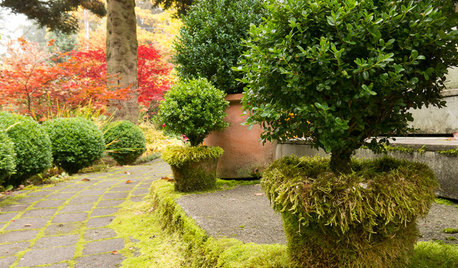
LANDSCAPE DESIGNEvoke Mystery and History With Moss in the Garden
Go ahead, lie about age. Moss on garden statues, planters and pavers creates the beautifully deceptive look of time’s passing
Full Story
KITCHEN DESIGNHow to Design a Kitchen Island
Size, seating height, all those appliance and storage options ... here's how to clear up the kitchen island confusion
Full Story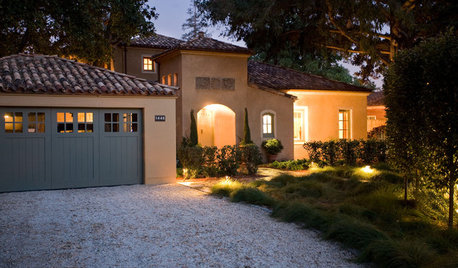
REMODELING GUIDESGravel Driveways: Crunching the Pros and Cons
If you want to play rough with your driveway, put away the pavers and choose the rocky road
Full StorySponsored
More Discussions






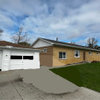

jkbogle